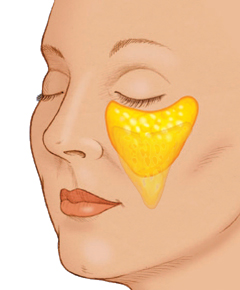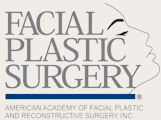| GOALS |
Rejuvenate sagging midface / cheek area, improve appearance of lower eye hollows / tear trough region, improve appearance of deep folds around the mouth |
| PROCEDURE |
Cheek Lift / Mid Face Lift |
| ANESTHESIA |
Local anesthesia with sedation in the operating room |
| LENGTH |
Approximately 3 hours |
| AFTER PROCEDURE |
Dressings are removed after the first day. Sutures are removed between days 7-10. |
| RECOVERY |
May resume most activities in a few days, bruising mostly resolved by 10 days, swelling mostly resolved by 2 weeks, return to work in 2-3 weeks, resume full activity (exercise, heavy lifting) in 3 weeks. |















 1
1 2
2 3
3 4
4 5
5 6
6 7
7 8
8 9
9 10
10 11
11 12
12 13
13


















